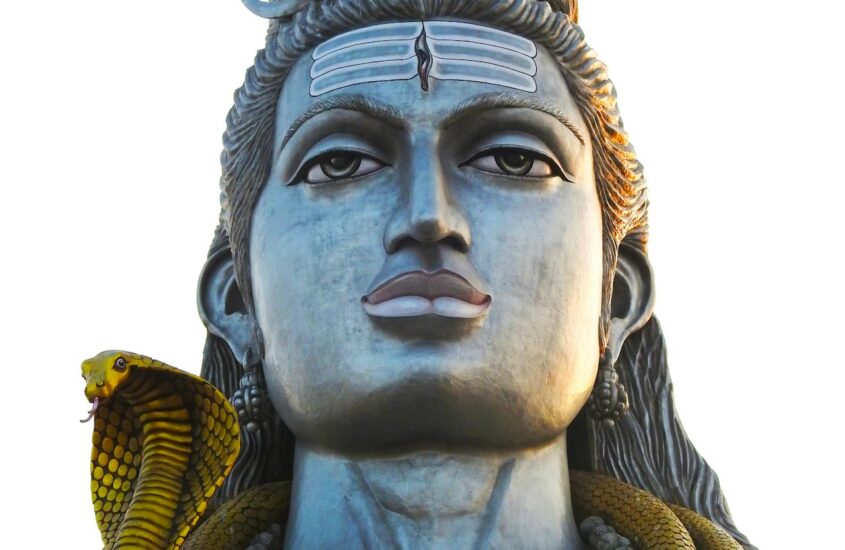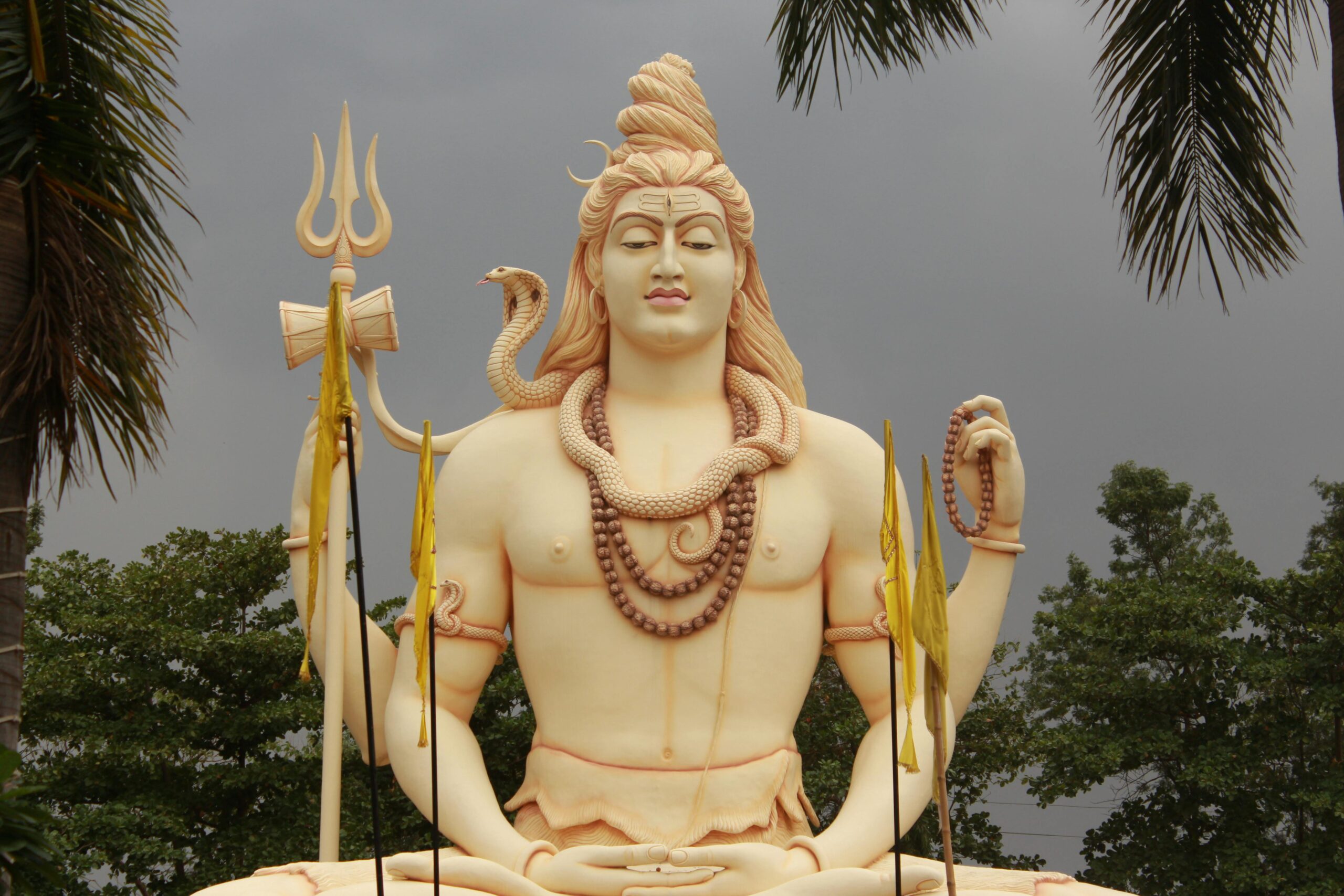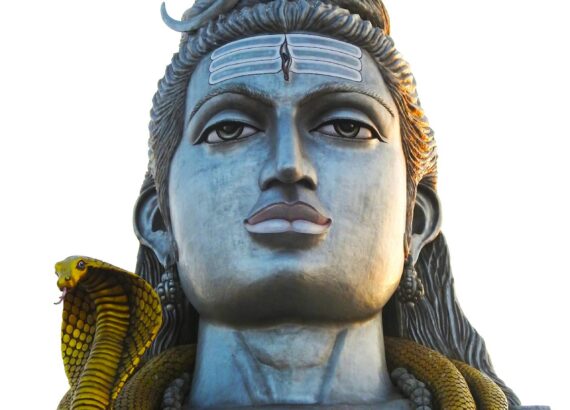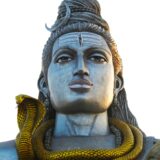What is Hinduism?

Unveiling Hinduism: A Journey Through the World’s Oldest Religion
Hinduism, a vibrant tapestry woven with ancient traditions, profound philosophies, and diverse practices, stands as the world’s oldest religion. If we try to straightaway answer the question ‘What is Hinduism?’,
its origins remain veiled in the mists of time, predating recorded history. So, this article delves into the core tenets, rich history, and fascinating practices that answer the question ‘What is Hinduism?’ and define this dynamic faith.
What is Hinduism: Eternal Dharma; The Guiding Light
Central to Hinduism is the concept of Dharma, a multifaceted term encompassing universal law, moral duty, and the righteous path. Also known as Sanatana Dharma, it signifies the inherent order that governs the cosmos and guides individual conduct. Upholding Dharma is believed to bring harmony to society and progress on the spiritual journey.
The Divine Tapestry: A Multitude of Deities
Hinduism embraces a pantheon of gods and goddesses, each representing a facet of the divine. Brahman, the ultimate reality, is considered the source of all creation. This formless, all-encompassing entity manifests in diverse forms, giving rise to the vast array of deities worshiped by Hindus.
Some of the most prominent deities include:
Shiva: The Destroyer and Regenerator, associated with transformation and renewal.
Vishnu: The Preserver, responsible for maintaining cosmic order and protecting the righteous.
Shakti: The Divine Feminine, representing power, creation, and the dynamic energy of the universe.
Ganesha: The Remover of Obstacles, worshiped for bringing good luck and success in ventures.
Lakshmi: The Goddess of Prosperity, associated with wealth, fortune, and abundance.
Individuals have the freedom to choose a personal deity (Ishta Devata) for their devotion. This personalized connection fosters a deep and meaningful relationship with the divine.
Reincarnation and Karma: The Cycle of Existence
Samsara, the cycle of birth, death, and rebirth, is a fundamental concept in Hinduism. Karma, the law of cause and effect, dictates the nature of one’s next life. Good deeds (‘punya’) lead to favorable births, while negative actions (‘papa’) result in less fortunate circumstances. Moksha, or liberation from this cycle of rebirth, is the ultimate goal for Hindus.
The Four Purusharthas: Pillars of a Fulfilling Life
Hinduism guides its followers towards a holistic existence through the pursuit of four Purusharthas:
Dharma: Fulfilling one’s duties and obligations.
Artha: Attaining material prosperity and security.
Kama: Seeking pleasure and enjoyment in a righteous way.
Moksha: Achieving spiritual liberation and liberation from the cycle of rebirth.
Balancing these goals leads to a well-rounded and meaningful life.
Diverse Paths to Moksha: A Spectrum of Practices
Hinduism offers a variety of paths to spiritual liberation, allowing individuals to find a practice that resonates with them. Here are some prominent avenues:
Bhakti Yoga: The path of devotion, characterized by fervent love and surrender to a chosen deity.
Gyan Yoga: The path of knowledge, emphasizing intellectual inquiry and self-realization.
Karma Yoga: The path of selfless action, where one performs duties without attachment to the fruits of their actions.
Raja Yoga: The path of meditation and self-discipline, focusing on controlling the mind and achieving inner peace.
The Rich Tapestry of Hinduism: History and Traditions
The history of Hinduism is as diverse as its practices. The Vedas, a collection of ancient hymns and scriptures, form the foundation of the religion. Over time, various philosophical schools emerged, each with its unique interpretation of the Vedas. These include Advaita Vedanta, emphasizing the non-duality of the soul and Brahman, and Dvaita Vedanta, which posits a distinction between the two.
Hinduism has also absorbed and integrated influences from other cultures throughout its long history. This openness has allowed it to flourish and adapt to different social contexts.
Daily Practices and Festivals: Living the Faith
The daily lives of Hindus are infused with rituals and practices that strengthen their connection with the divine. These include:
Puja: A form of worship involving offerings, prayers, and chanting of mantras.
Darshan: The act of seeking the blessing of a deity by gazing upon a murti (sacred image).
Aarti: Aarti involves lighting lamps in front of a deity to express reverence and devotion.
Yoga and Meditation: Used not only for spiritual growth but also for physical and mental well-being.
Vegetarianism: Many Hindus practice vegetarianism, motivated by a belief in non-violence (ahimsa) and respect for all living beings.
A 360-degree overview:
So, in this article we try our best to answer the question ‘What is Hinduism?’ Though it is very difficult to highlight all the important aspects of Hindusim but now at least you get a basic idea about Hindusim. Explore our other articles to know more about this rich practice and way of life.








